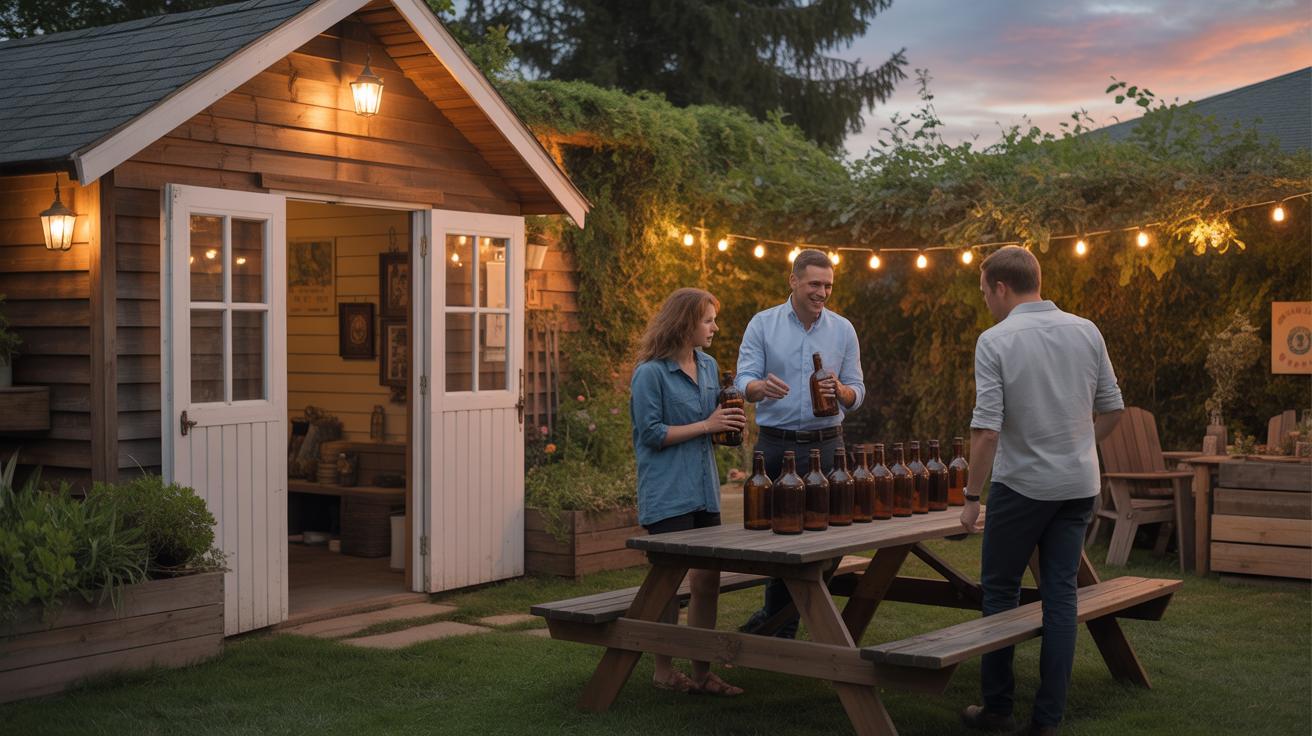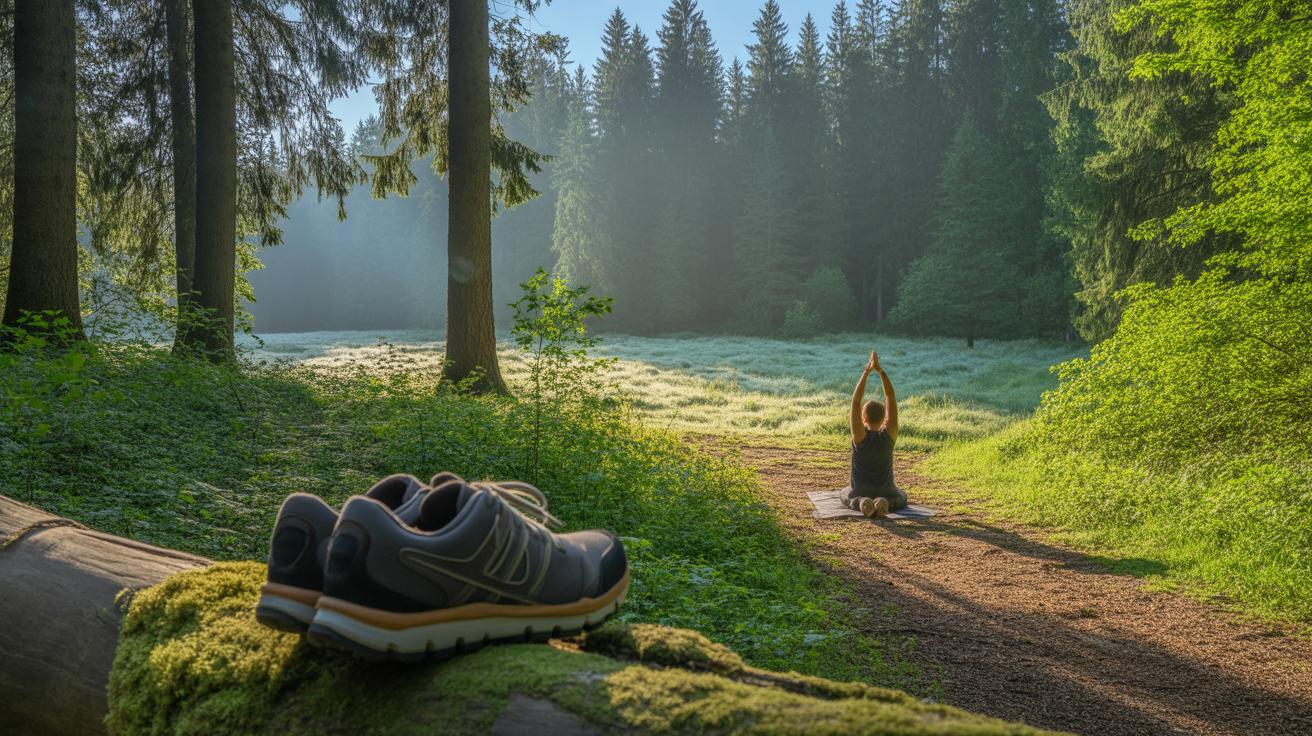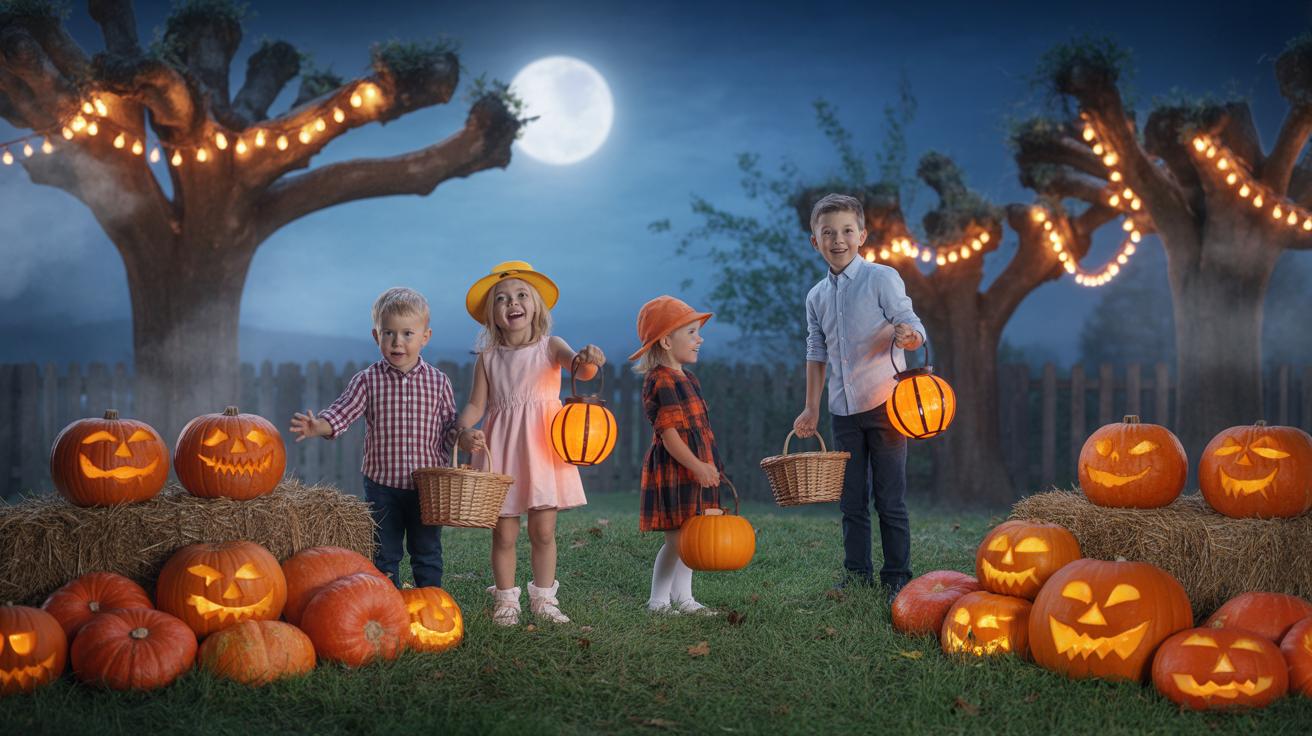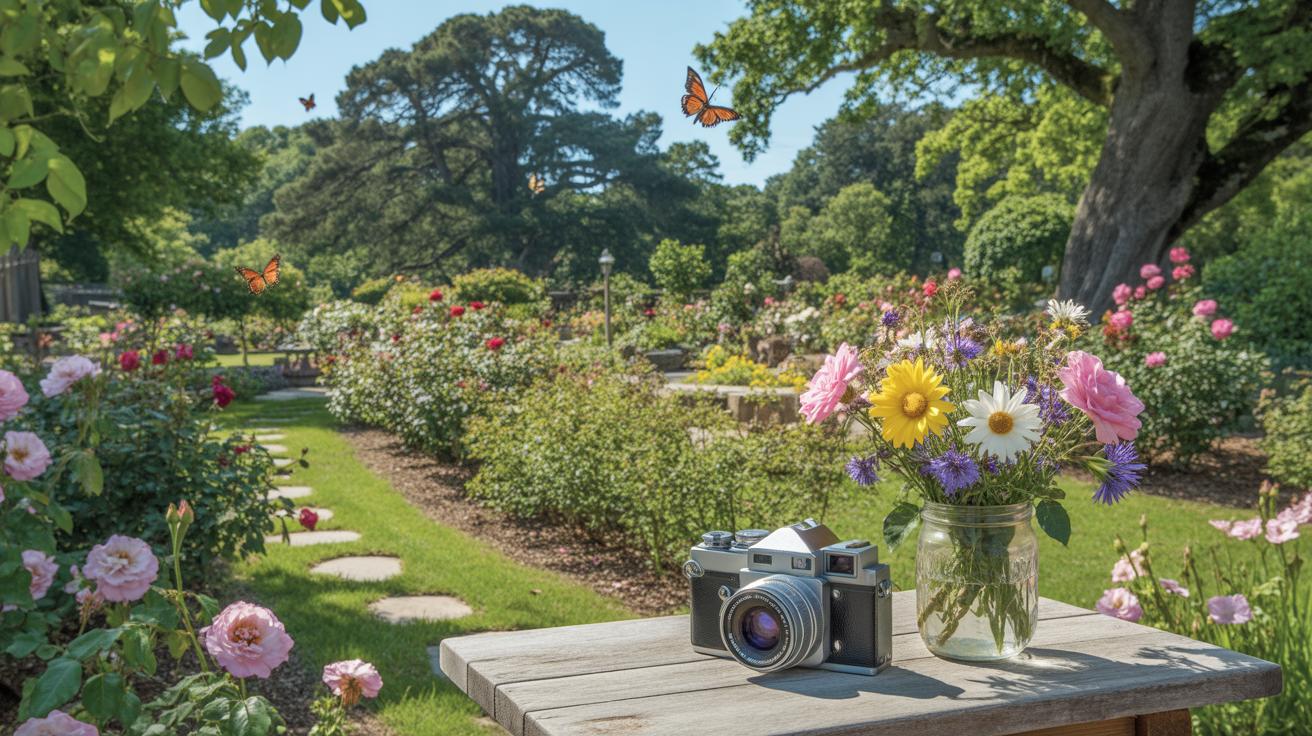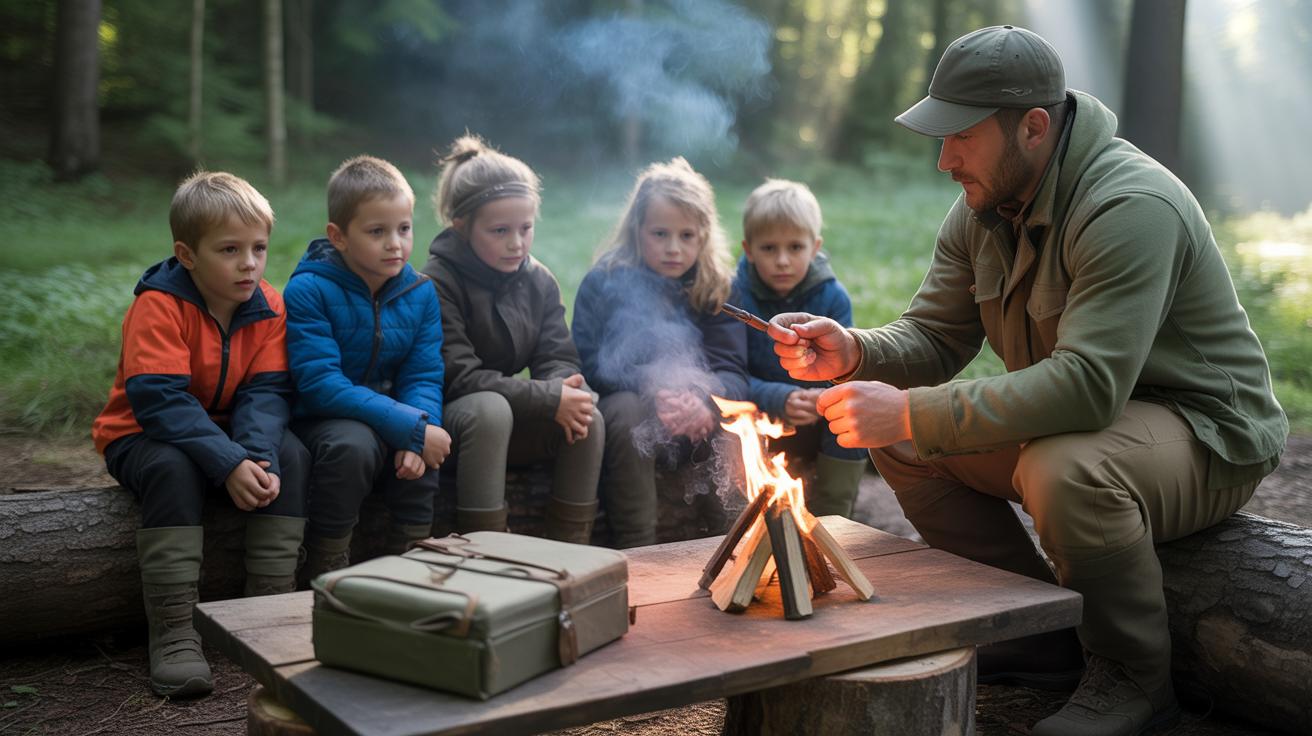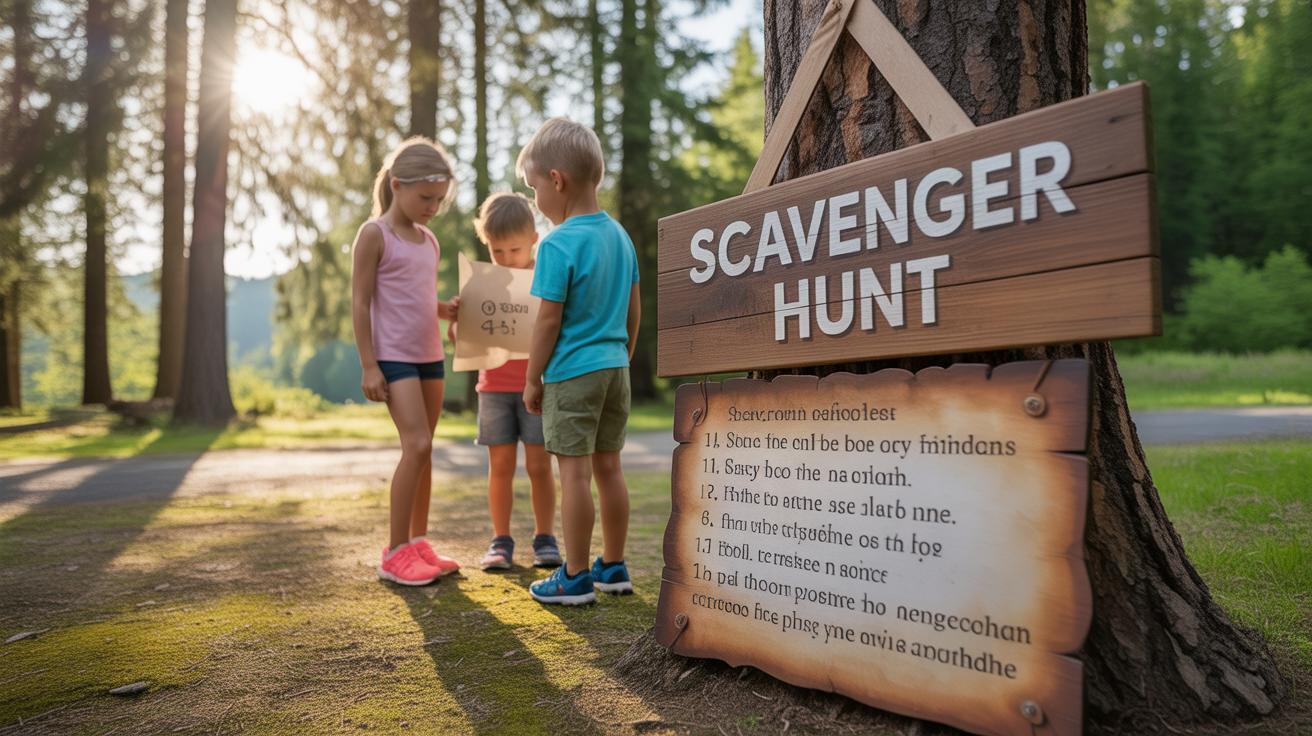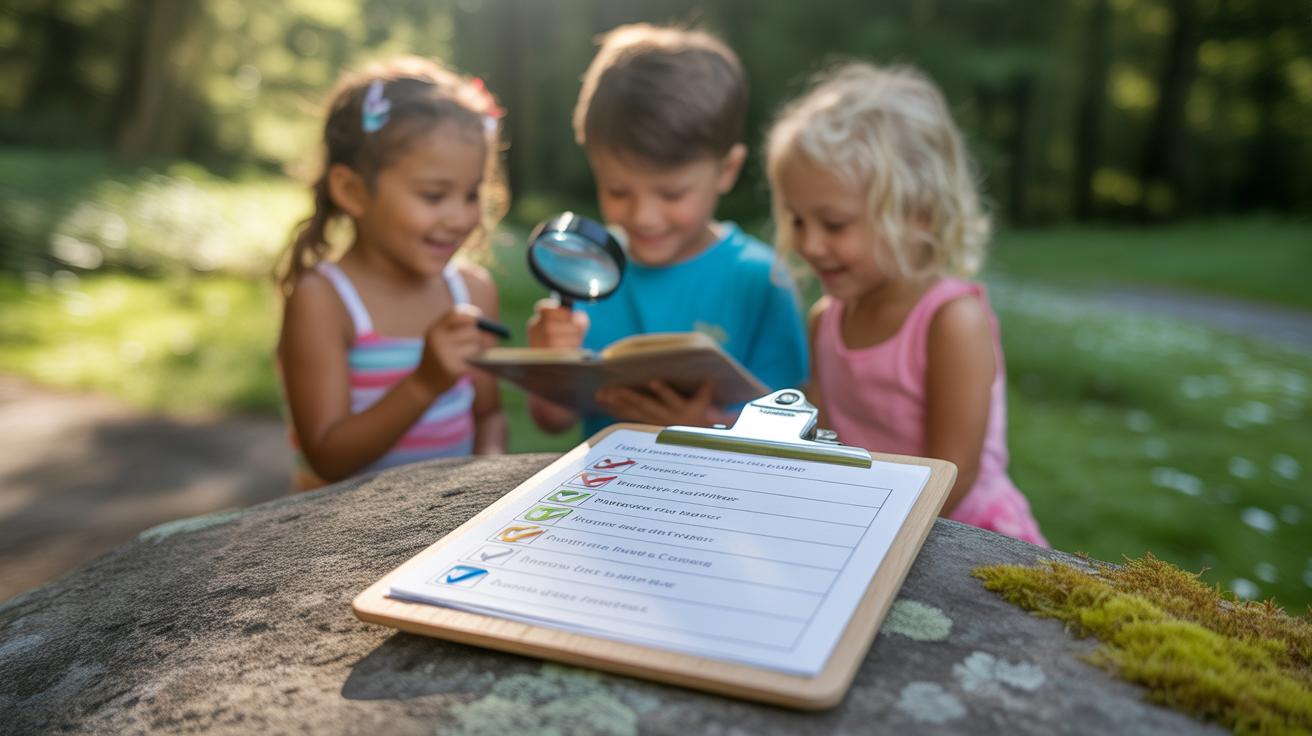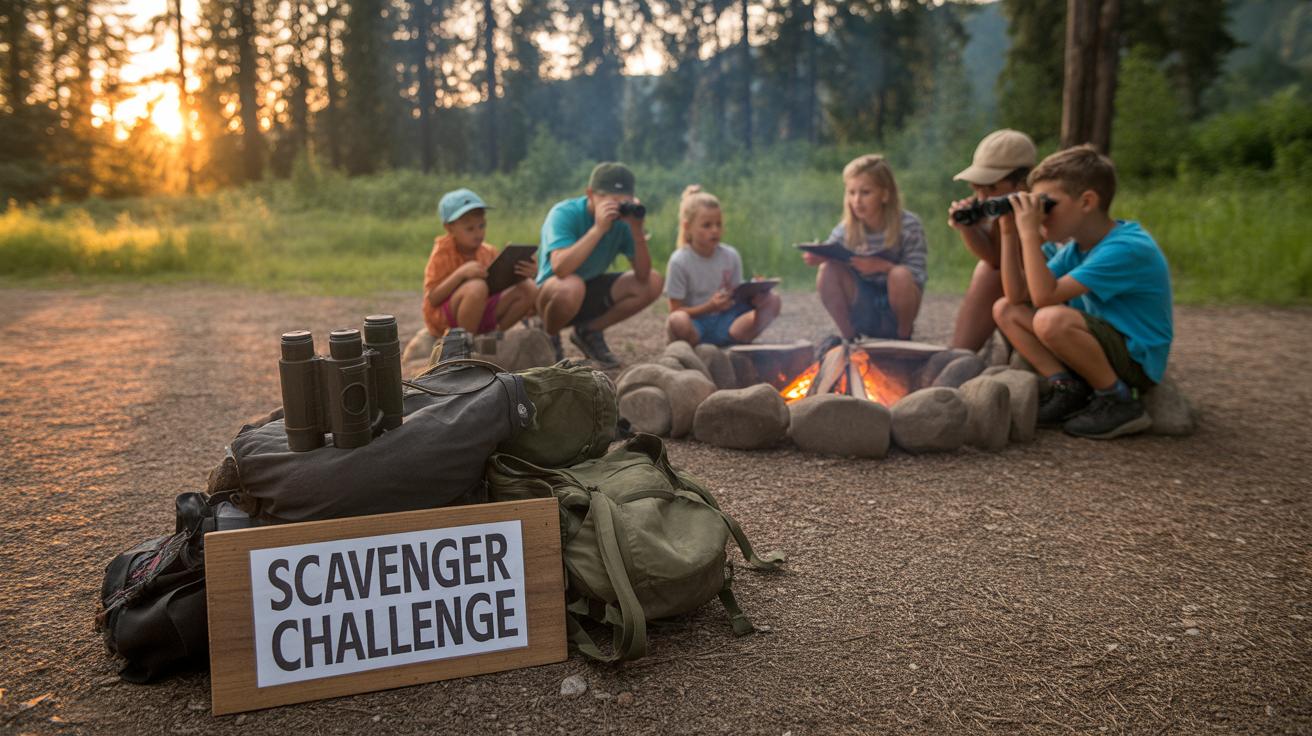Introduction
Are you looking for a fun and interactive way to spend time outdoors with friends or family? A rustic backyard scavenger hunt for adults offers a great way to challenge your mind and get moving. Setting up your own scavenger hunt in your backyard can bring joy and laughter to any gathering.
This article explores ideas to create an engaging scavenger hunt with rustic themes. From planning the hunt, choosing items, creating clues, to adding exciting twists, you will find detailed prompts on how to organize a memorable event. Whether you’re hosting a small get-together or a larger party, these ideas will help you craft a unique experience.
Choosing Your Rustic Theme
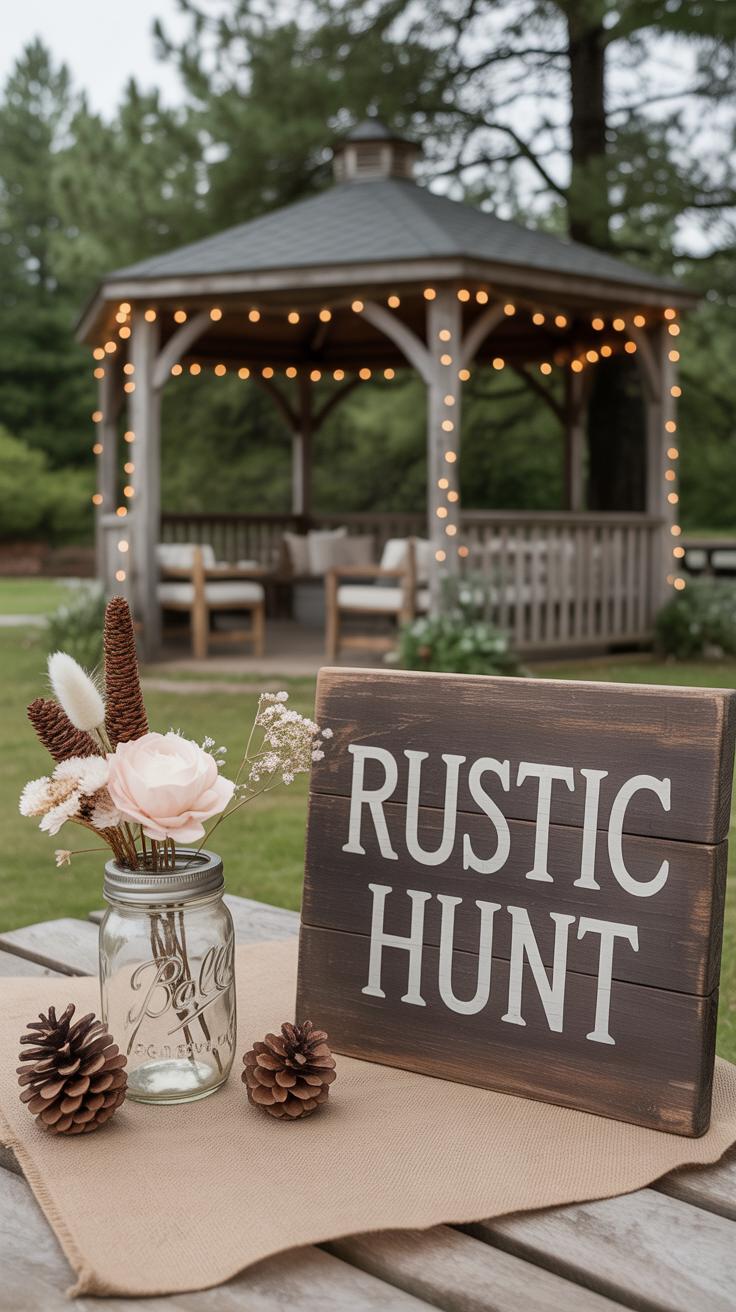
Picking a rustic theme for your backyard scavenger hunt isn’t just about slapping together some old wood and hay bales. It’s more about capturing a vibe—something that feels natural, simple, and maybe even a bit worn. Think of styles like farmyard, woodland, or vintage. Each offers its own flavor, and sometimes you’ll find one fits better with your backyard’s personality or your group’s interests.
What really makes a theme rustic? Mostly, it’s about using natural materials and old-fashioned details. Weathered wood, burlap, mason jars, or even simple twine can set the tone. You might picture handmade signs, lanterns, or rough textures instead of slick, shiny things. Rustic is less about perfection and more about charm and simplicity.
When choosing the right theme, take a good look at your backyard. Is it full of tall trees and leafy patches? Maybe a woodland theme fits naturally. Do you have open grassy areas with a garden or some farm tools stored nearby? A farmyard style could feel right. And if your space has antique decor or old furniture lying around, vintage might be the way to go. It’s about blending your theme with what’s already there—so your scavenger hunt feels like it belongs, not forced.
Planning Your Scavenger Items
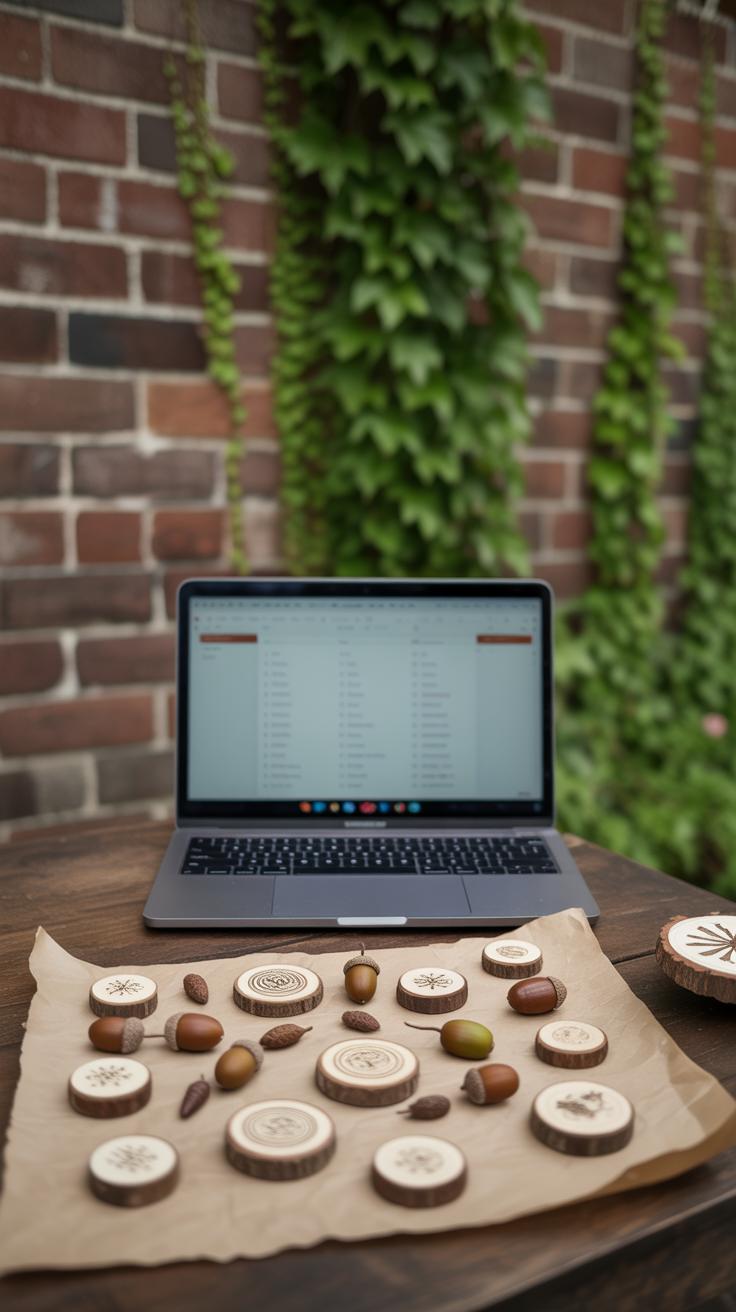
When you’re making a list of scavenger hunt items for a rustic backyard, simplicity and theme go hand in hand. Think about objects that feel like they belong out there—things you can easily find or hide around the yard, without too much fuss. It’s tempting to throw in complexity, but sometimes simple wins, especially if you want the game to keep moving.
Mix things up by including some very visible items alongside a few trickier ones. For instance, a weathered metal key or a small mason jar could be quite noticeable, while a feather tucked in a bush or a smooth river stone hidden under a wooden bench will need a keener eye. You want players to get a sense of achievement but not frustration.
Natural elements fit perfectly. Pine cones, feathers, or even an interesting bark piece add texture to the hunt. Handmade tokens, like tiny painted rocks or rustic wooden tags, can add a personal touch too—plus, they’re fun for adults who appreciate a crafty challenge.
It’s a balance, really. You want variety to keep everyone engaged, but also a list that reflects the rustic vibe you picked before. If you’re unsure whether to add more difficult items, maybe test the list yourself. Sometimes the easiest spots are overlooked, while a “hard” item might be found faster than expected.
Creating Clear Clues and Instructions
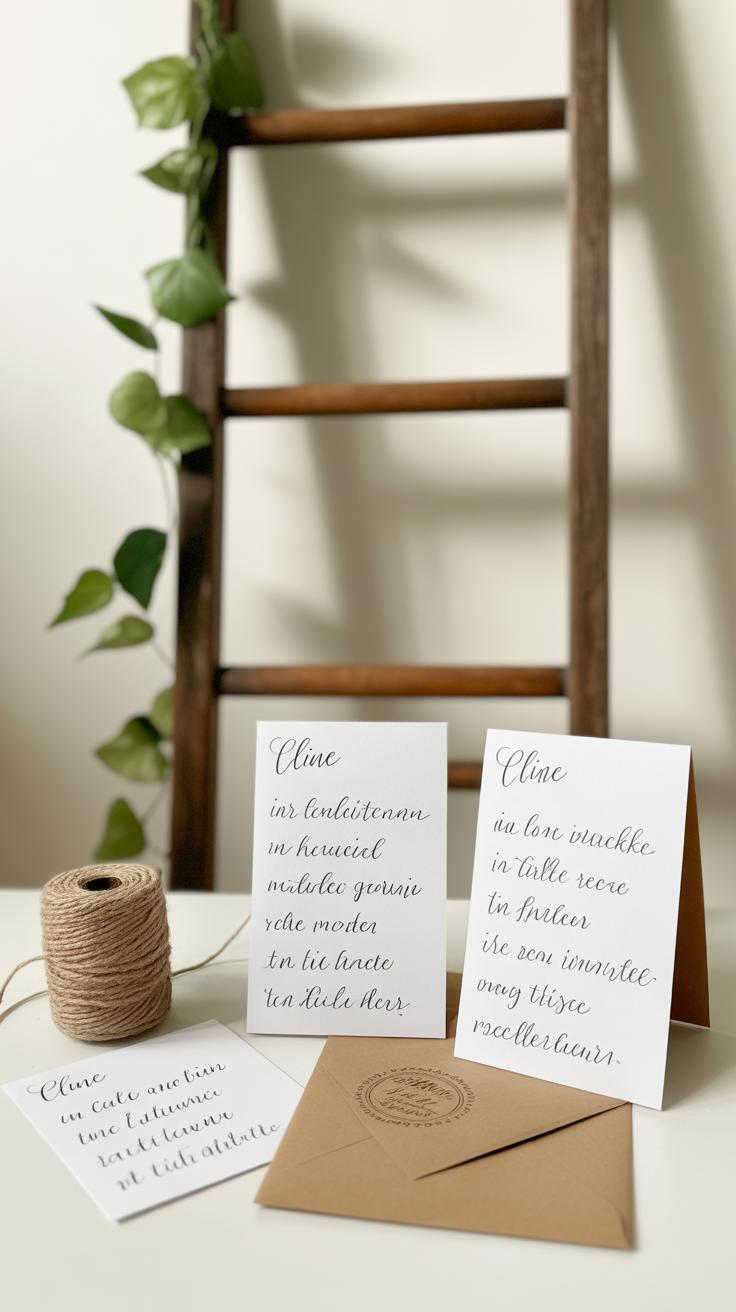
Writing clues that adults can quickly grasp without frustration is a bit of a balancing act. You want them to be challenging enough to keep things interesting but not so cryptic that people lose steam fast. Usually, clarity wins the day. Short sentences, common words—nothing too obscure. For example, instead of saying, “Seek where shadows intertwine at dusk,” try “Look under the biggest tree’s south side.”
Using formats like riddles, simple directions, or even photos can keep things engaging without being overly tricky. Here are a few clue types you might use:
- A direct hint: “Find a smooth rock near the garden path.”
- A playful riddle: “I hold water but never spill; look for me by the old grill.”
- A matching task: “Match this leaf to a tree in the yard.”
When you write instructions, keep them brief but precise. Spell out where to look, what to find, and what to do once they do. Too many words risk confusion; too few lead to guesses or disputes.
It’s also useful to include quick reminders about safety—like watching your step or not climbing unstable structures. These should be part of the initial instructions rather than scattered around; that way, everyone gets the same message. And fairness? Simple rules like “No running” or “No taking clues from other teams” help keep things fun. It might feel a bit strict, yet it prevents arguments later.
Will some clues seem obvious to some and tricky to others? Probably. That’s okay. The key is they’re clear enough that no one feels completely lost or cheated.
Organizing Teams and Setting Rules
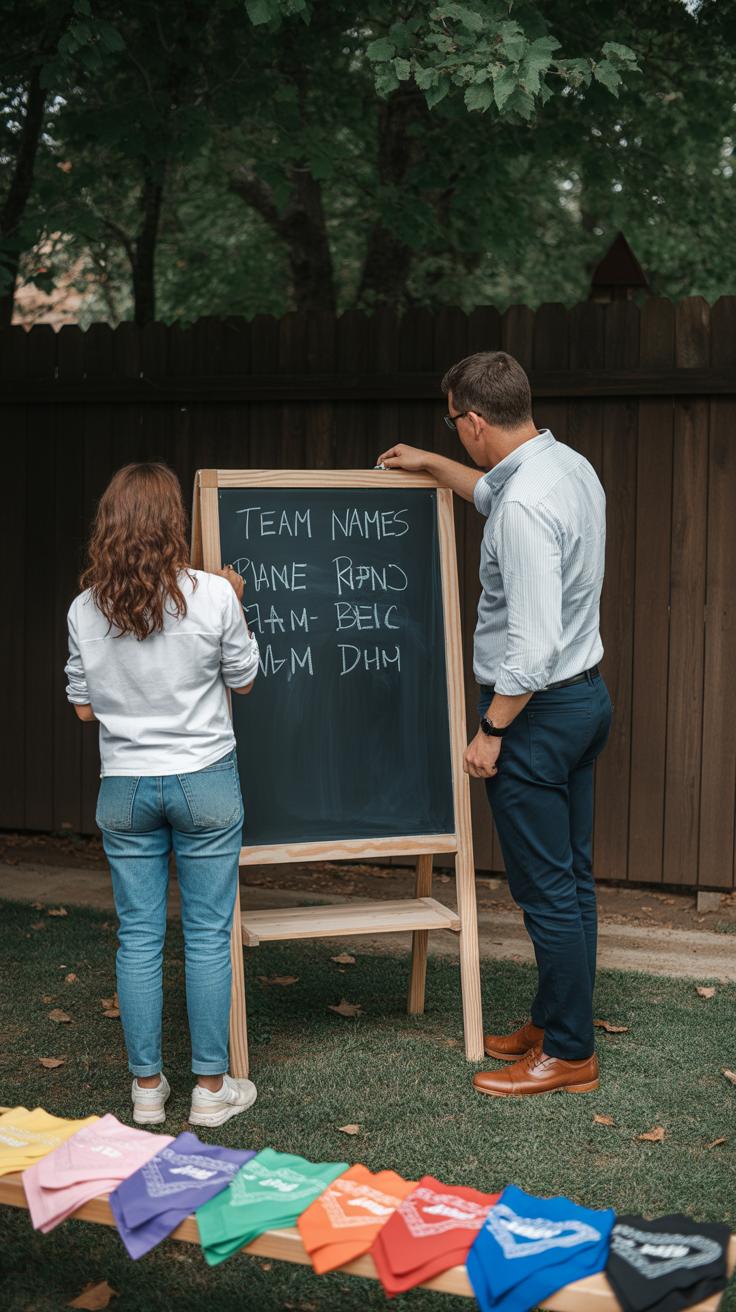
How to form balanced teams
When putting together teams, aim to mix people rather than cluster similar players. Try grouping participants by a rough balance of age, interests, or skills to keep the game interesting for everyone. For example, pairing someone who’s great at spotting details with another who thrives on quick decision-making can create a good dynamic. You might also shuffle teams randomly and then adjust if one seems too strong or weak. Sometimes, letting people pick their partners feels good, but it can result in uneven teams or leave some feeling left out. So, consider mixing up groups yourself, maybe by drawing names or using an app. Remember, the point is for everyone to engage equally—not just the fastest or most competitive.
Simple rules to follow
Having clear, straightforward rules avoids confusion later. Here are a few to think about:
- Set boundaries where players can search—no sneaking into neighbors’ yards, for example.
- Decide if teams must stay together or can split up during the hunt. It affects strategy.
- Clarify how to prove an item was found—a photo or bringing it back—and stick with one method.
- Explain what to do if two teams tie, maybe a quick extra clue or challenge.
- Encourage respectful behavior; competitive spirit is fine but no sabotage or cheating.
It’s easy to overlook small details like time penalties for ignoring rules, but that might keep things fairer. When you lay things out simply, everyone knows what’s expected, which helps keep the mood light and the competition fun.
Setting Timers and Determining Winners
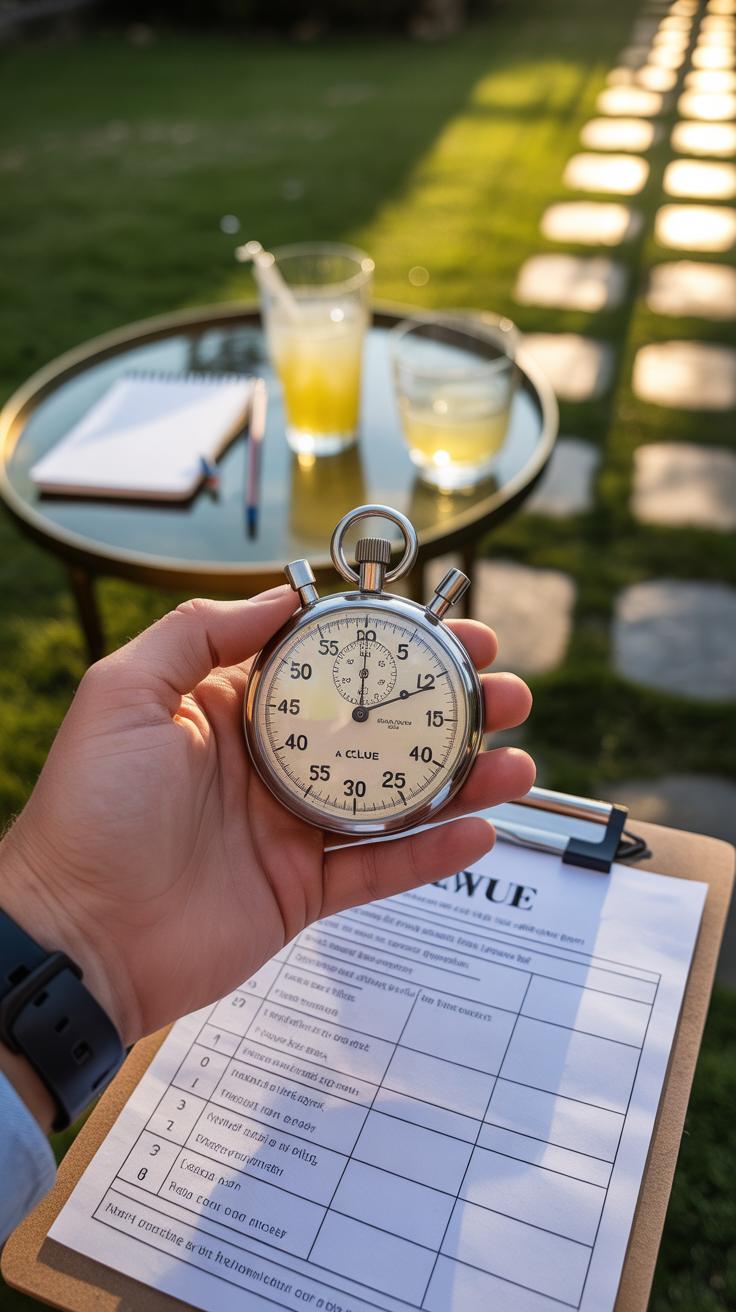
You’ll want to pick the right amount of time for your scavenger hunt—too short, and folks might feel rushed or frustrated; too long, and the excitement can wane. Backyard size is a big part of this. If your outdoor space sprawls over a large area, more time makes sense. But if it’s compact, maybe 20 to 30 minutes is enough. Also, think about how tricky the items are to find. If you’ve hidden some clever or subtle objects, those need more hunting time.
When it comes to picking a clear winner, there are a few ways you can go. You might reward whoever finds everything fastest, which definitely sparks competition. Or, count the number of items found—the more, the better. Sometimes the hunt involves creativity, too, like taking photos with items or answering a riddle to “claim” a find. That can make judging a bit subjective but also very fun. Have you thought about combining criteria? Speed plus creativity, maybe? This mix often makes the finish more interesting and fair.
It’s okay if you don’t have an absolutely perfect system. Sometimes a tie or a little debate over points just adds some chuckles afterward. Just keep things clear so everyone knows what they’re aiming for, and you’ll end up with a satisfying wrap-up everyone remembers.
Adding Fun Twists and Challenges
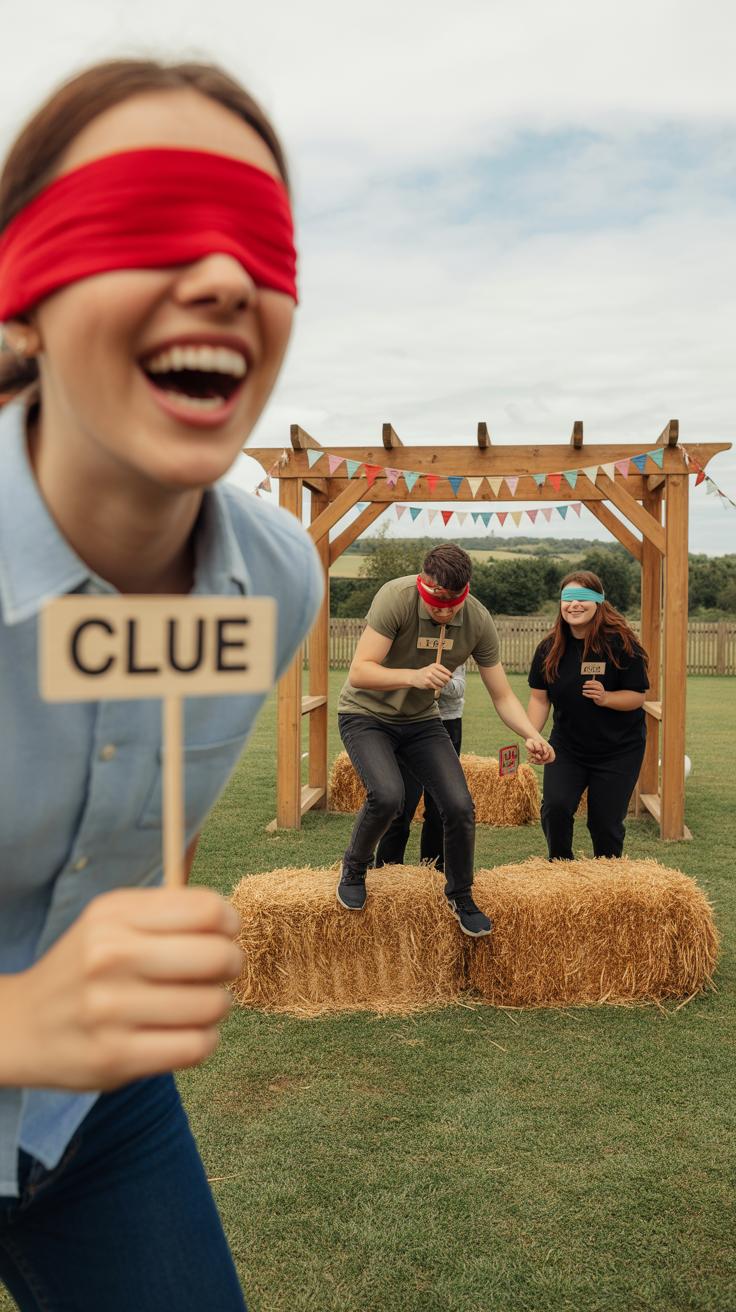
You can really make a rustic backyard scavenger hunt come alive by mixing in puzzles or riddles with your found items. Say you ask participants to find a pinecone, but they can’t just grab it—they first solve a riddle describing the tree it comes from. It’s the kind of extra step that slows the pace just enough to keep things interesting and make players think. Sometimes you might get stuck on the wording, or the riddle might be a bit tricky, but that’s part of the fun.
Try these to amp up the challenge:
- Use coded clues that require simple ciphers (like Caesar shifts) linked to the items.
- Create matching puzzles where players find and connect pairs—a feather and the bird it could have come from, for instance.
- Build short word scrambles using the names of objects players need to hunt.
But it’s not just mental tasks that add spice. Toss in a few physical or team-based challenges to break the routine and nudge people out of their comfort zones. Maybe teams have to carry a small load from one spot to another, or balance a custom-created basket filled with found treasures without dropping anything. You might even have a quick relay race between clue stations. It’s surprising how these simple actions get people collaborating and laughing together.
Could a riddle make a hidden item feel like a treasure? Or does a quick sprint carry more thrill than an easy find? Think about your group and what nudges your hunt from casual to memorable. Sometimes, a little struggle or teamwork makes all the difference.
Decorating the Backyard for Atmosphere
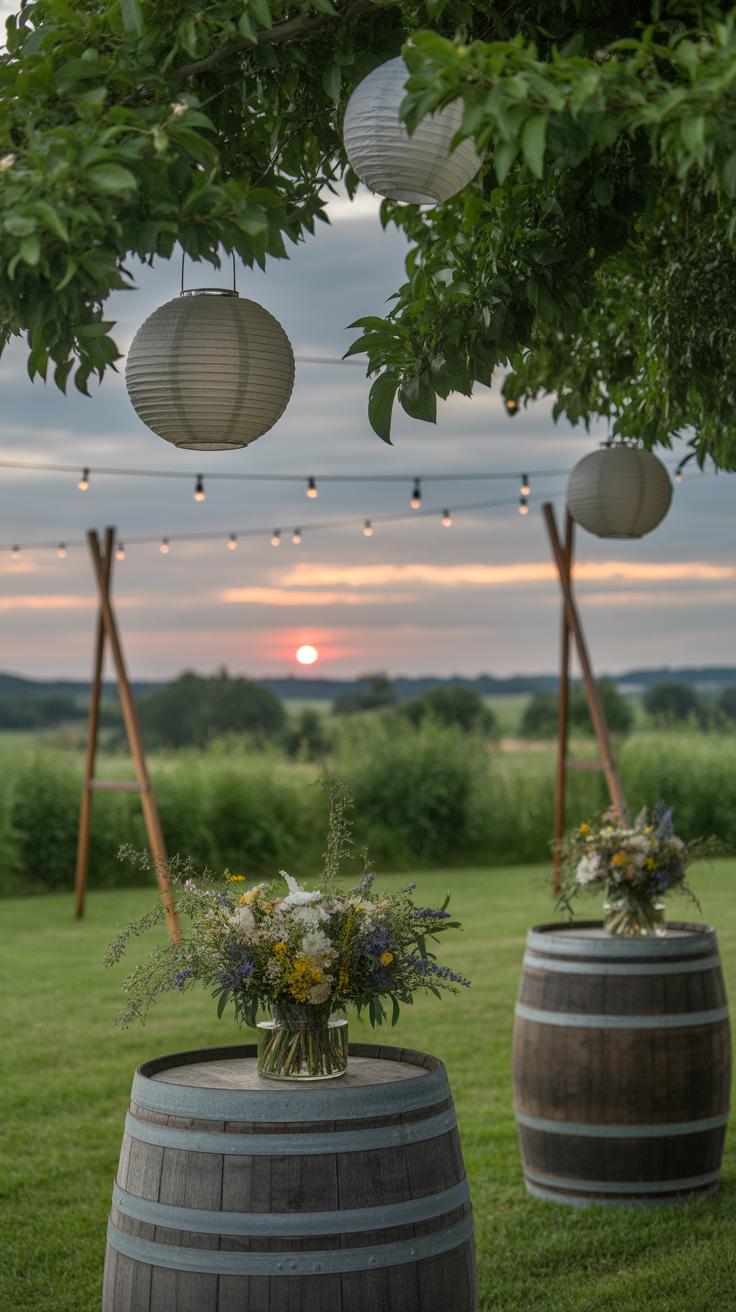
Creating a rustic atmosphere in your backyard can really set the tone for an engaging scavenger hunt. Think about bringing in simple, natural elements that blend with the outdoor surroundings. Lanterns, for example—old-fashioned ones with candles or soft LED lights—can add a warm glow as the day fades. Wooden signs, either hand-painted or distressed, are perfect for guiding players or marking different sections. Burlap works well too: use it for table runners, banners, or even to wrap flower pots. It has that rough, earthy feel that somehow makes everything seem more relaxed and inviting.
When setting up spots for rest and gathering, comfort matters. It’s tempting to just throw down some chairs, but cushions on wooden benches or hay bales with blankets can make a big difference. Maybe place a low table nearby for snacks or score sheets. These areas should feel casual enough that people want to linger a bit, sharing stories or plotting their next move. A few simple touches—like a soft throw over a chair or a cluster of lanterns overhead—can turn a plain corner of the yard into a cozy retreat without fuss.
Have you ever noticed how a well-placed rustic decoration makes people slow down? It probably doesn’t have to be perfect or overdone. Just something that invites comfort and curiosity at the same time, so your scavenger hunt feels less like a race and more like a shared experience outdoors.
Preparing Prizes and Rewards
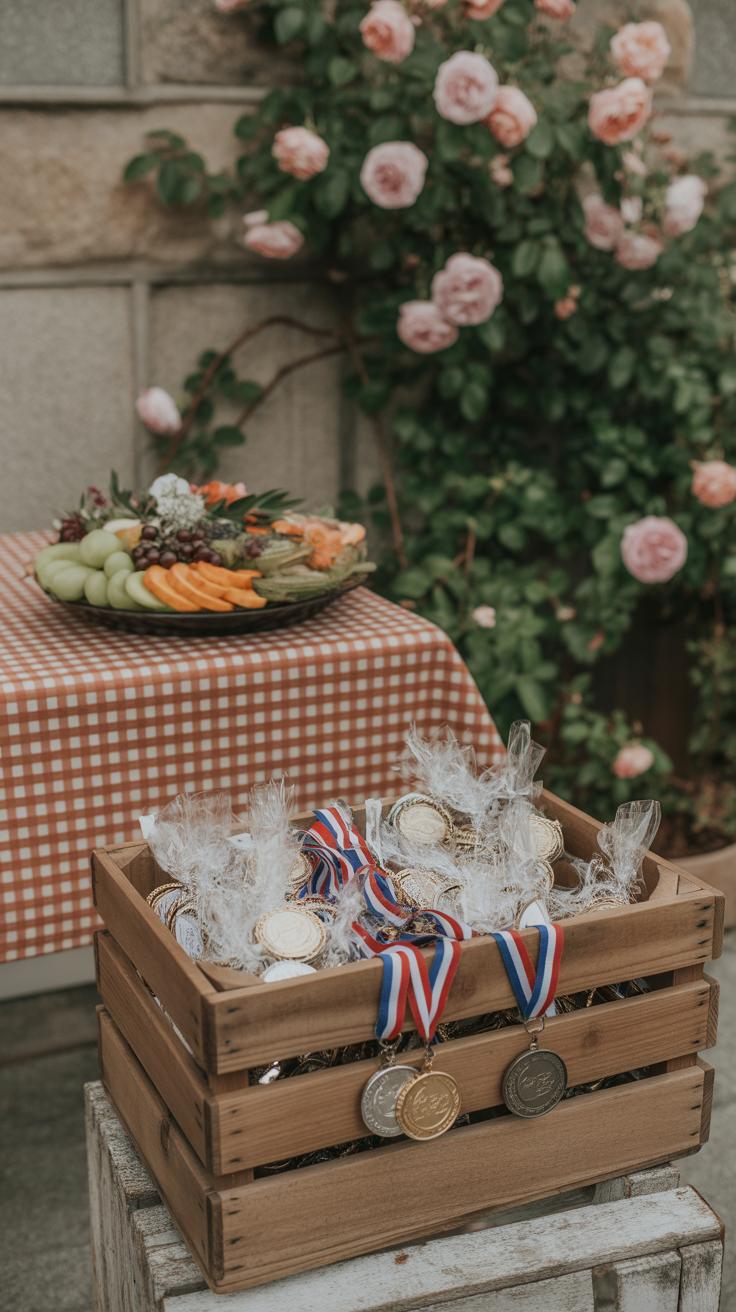
Picking prizes that fit your rustic backyard scavenger hunt can be surprisingly fun—and a bit tricky. You want rewards that feel natural in the setting but also actually motivate adults to get competitive or at least engaged. Think less flashy trophies or overly commercial gifts, and more about simple, meaningful tokens that connect to the outdoors or the theme itself.
Some ideas to consider:
- Handcrafted wooden coasters or small cutting boards. They’re practical and fit the rustic vibe well.
- Jars of homemade jam or local honey. These offer a sweet touch that many appreciate.
- Small potted herbs like rosemary or thyme—something participants can take home and nurture.
- Rustic candles or soaps, especially those scented with natural elements like pine or lavender.
- Custom-printed note cards with nature-inspired designs, maybe even personalized if you can swing it.
Even simple rewards often get overlooked but they actually matter, especially when people feel recognized for their effort. Giving out small tokens to all participants keeps the mood light and friendly. It might be as modest as a thank-you note attached to a packet of seeds or a little bag of roasted nuts—things that symbolize participation, not just victory.
It’s funny how sometimes the smallest gestures stick in people’s minds more than a big prize. You’ll notice that those little acknowledgments can boost everyone’s spirits, encouraging folks to keep playing and smiling rather than feeling crushed if they don’t “win.”
Inviting Guests and Spreading the Word
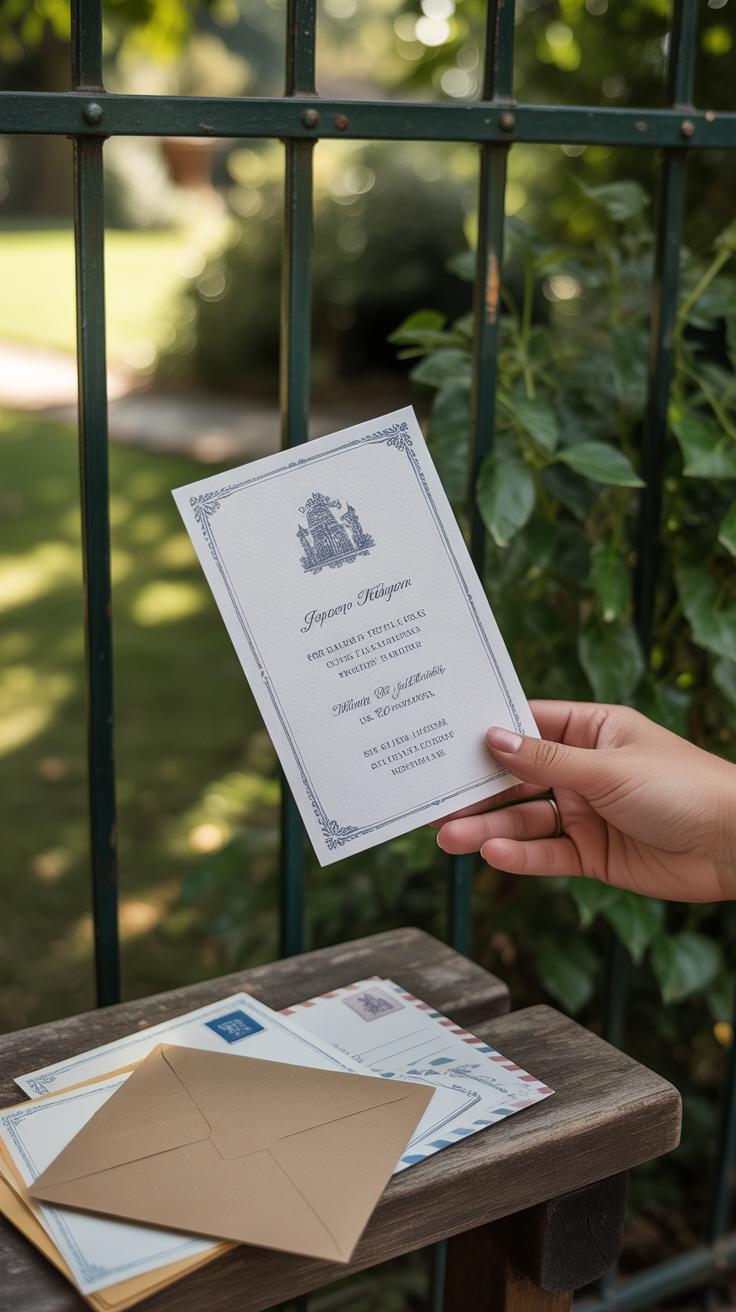
Writing engaging invitations
When you invite people to your rustic backyard scavenger hunt, the invitation sets the tone. Try to capture the theme right away—maybe mention the natural setting or hint at the kind of outdoor challenges they’ll face. You don’t have to list every detail, but give enough to spark curiosity. For example, a line like “Join us for a day of nature-inspired puzzles and good-old-fashioned fun” might do the trick. Simple, yet inviting.
Using a handmade card or a digital invite with earthy colors can add to the feel. I once used kraft paper and twine for invites—it created a small buzz among friends before the event even started. It’s those little touches that make people want to show up, perhaps more than just the hunt itself.
Don’t be afraid to tease a bit. Ask questions like “Think you can find the hidden treasures before anyone else?” or “Ready to test your outdoor smarts in a rustic setting?” Such prompts get people imagining the event, which makes it harder to say no.
Using social media and personal calls
After sending invitations, a gentle nudge can help. A quick text or call a few days before ensures guests remember the date. You can do the same lightly on social media—posting a photo of your backyard setup or sharing a clue from the hunt encourages excitement without spamming.
Still, be mindful not to overwhelm. Bombarding people with too many reminders might backfire, making it feel like a chore rather than fun. I’ve seen events where organizers over-posted and guests started tuning out. A balance is key.
If you’re closer with certain guests, a short personal call or message feels more genuine than a public post. You might say, “Hey, just checking—are you still in for Saturday? I’m really looking forward to seeing you.” It’s simple and effective without pressure.
Overall, focus on making your invitations and reminders feel personal and connected. That’s usually enough to get people excited and show up ready to play.
Review and Reflect After the Hunt
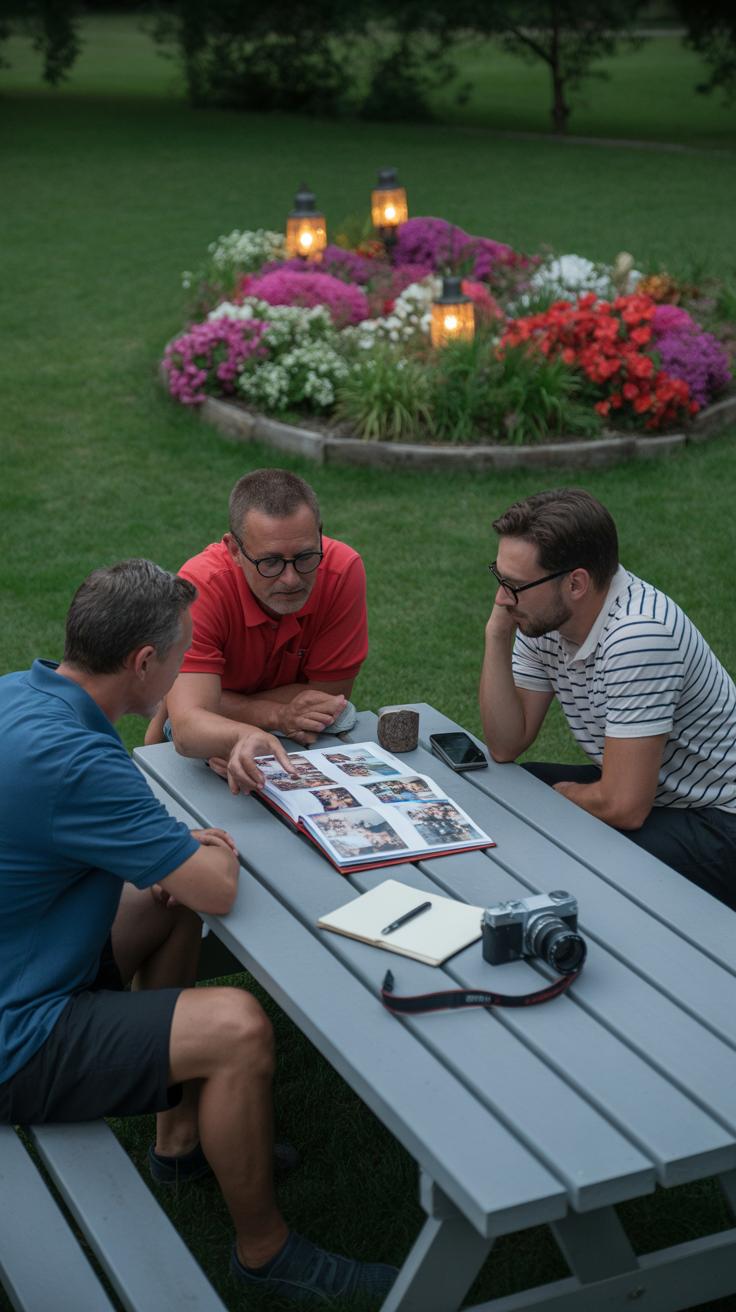
After your rustic backyard scavenger hunt wraps up, taking some time to gather feedback is surprisingly valuable. You might think the fun part is over, but asking your guests what they enjoyed or found tricky can spark ideas for future hunts. Sometimes the best insights come from casual conversations rather than formal surveys. Try asking simple questions like, “What was your favorite part?” or “Was there anything that slowed you down?”
Another way is to keep it light with quick comment cards or even a group chat after the event. You could also encourage participants to share any funny moments or unexpected challenges they encountered. These details can reveal what worked well—and what didn’t—without feeling like a critique session.
Once you gather feedback, think about which ideas really stood out. Maybe people loved a specific clue style or the way teams interacted, or maybe a task felt too confusing. Use those hints to tweak your future hunts—adjust the difficulty, swap in new themes, or change how clues are delivered. Over time, this back-and-forth makes your events more engaging and tailored to your group’s vibe.
Reflection doesn’t have to be a chore. Sometimes it’s just realizing small changes can make a big difference. And who knows? That’s part of the fun too, figuring out what clicks and what doesn’t for the next round.
Conclusions
Rustic backyard scavenger hunts combine the charm of outdoor exploration with the thrill of a challenge. They bring people together, encourage teamwork, and offer fresh air and fun. With careful planning and creative ideas, your scavenger hunt will be both entertaining and rewarding for all participants.
Use the ideas provided to inspire your own hunt. Think about the atmosphere you want to create and tailor the experience to your guests. Your rustic backyard scavenger hunt can become an event that everyone looks forward to attending.


